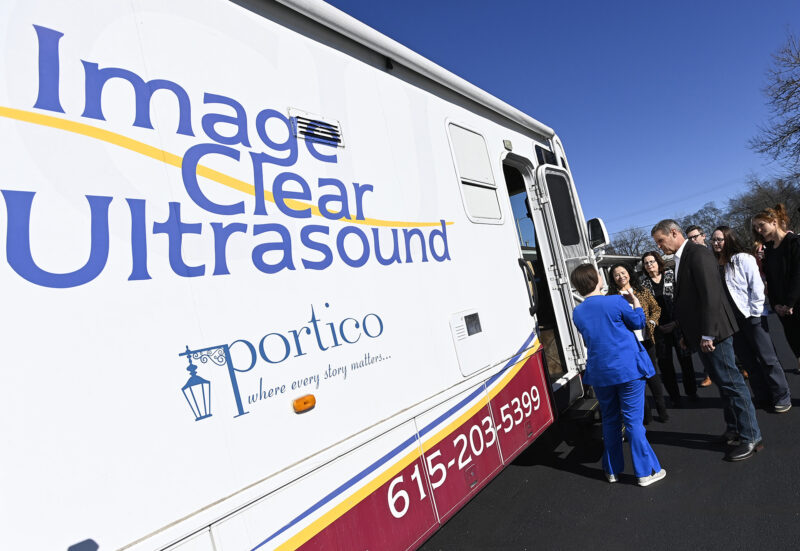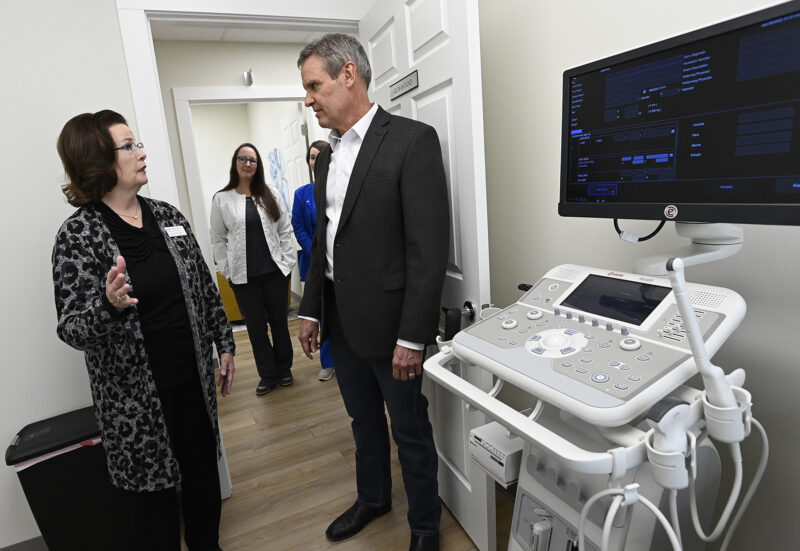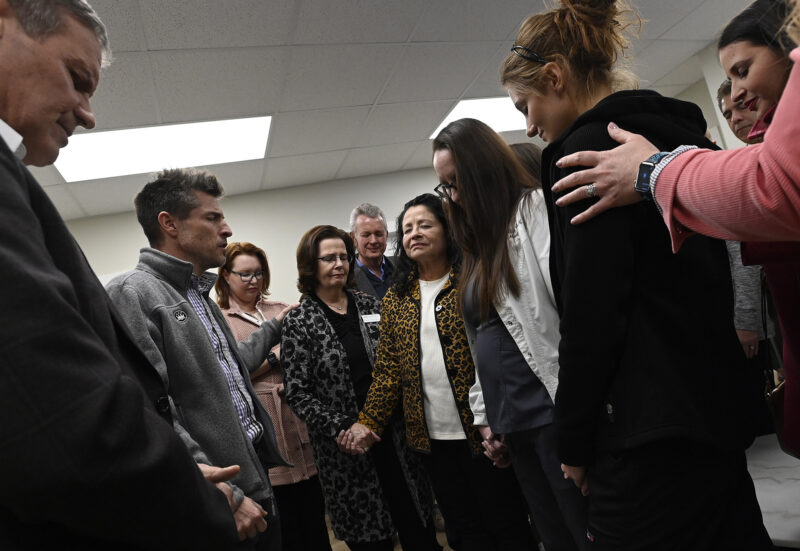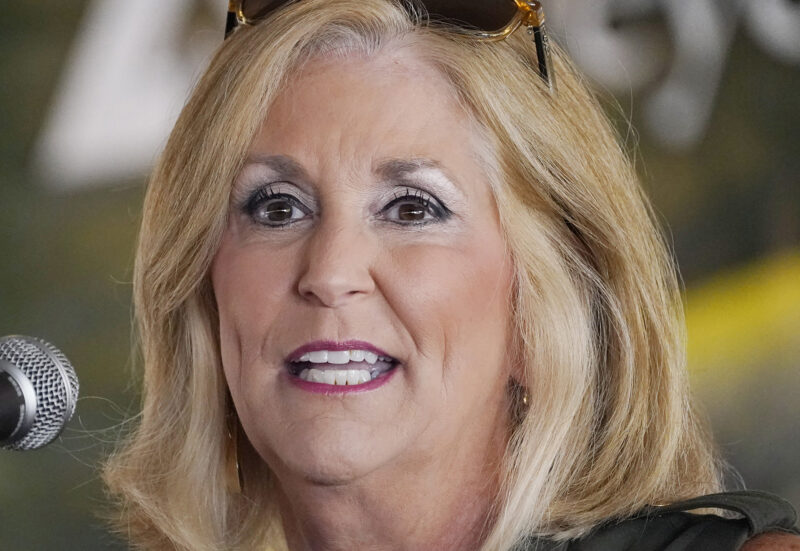With the continued weakening of state laws protecting women’s rights to abortion in the U.S., the AP’s strong coverage of abortion continues with two stories earning Best of the Week for impressive state accountability reporting and analysis.
In a story about federal dollars being spent on nonprofits aligned with the anti-abortion movement, Nashville state government reporter Kimberlee Kruesi noticed that Tennessee was helping so-called crisis pregnancy centers buy ultrasound equipment, raising the question of whether that was also happening elsewhere.
Her research into state budget and health department documents showed that in this fiscal year, legislatures in about a dozen U.S. states were funneling nearly $89 million to such centers. Many of the pregnancy centers have ties to religious groups, provide little if any actual health care services, are typically not licensed as medical facilities and have been accused of engaging in misinformation campaigns that target pregnant women seeking abortion services. Kruesi also found that taxpayer funding for the centers has spiked in recent years as more Republican-led states have passed legislation severely limiting access to abortion. The amount of state and federal tax money going to these nonprofits totaled almost half a billion dollars since 2010, details that were turned into a graphic by artist Phil Holm.
Kruesi’s story generated more than 24,000 page views on AP News and was used online by about 500 AP customers. The play was helped by a social promotion plan developed by Sophia Eppolito of the audience engagement team.
A second story focused on racial inequities in access to abortion,an idea sparked by an observation during a visit to the Shreveport,La.,abortion clinic where almost every woman in the waiting room was Black,in a state where Black individuals make up about a third of the population. The all-formats team of Leah Willingham,Emily Wagster Pettus,Noreen Nasir,Jasen Lo and Rogelio Solis explored the question and came up with an in-depth story showing how minority women in states where abortion is under attack have the most to lose if Roe v. Wade is overturned.
Data intern Lo dug into the numbers to come up with figures showing that in states restricting abortion rights Black and Hispanic women made up the majority of women getting abortions. His graphic also showed how skewed the numbers were in states like Mississippi,Alabama and Texas. He also produced data showing how Black and Hispanic women were less likely to have health insurance, especially in states with tight abortion restrictions.
Reporters Willingham and Pettus,covering West Virginia and Mississippi respectively,talked to experts and activists in the field about why minority women were more likely to have unplanned pregnancies,as well as the medical and economic challenges they face when they do have children. An abortion is always a sensitive subject; getting women to discuss it on the record is difficult,but the AP pair managed to find two women to talk about their abortion experiences.
The widely played story included strong visuals from video journalist Nasir and photographer Solis,whose images included the women central to the story. And while Nasir was at the only abortion clinic in Mississippi,she came across what became an interesting thread in the story — how anti-abortion activists sometimes framed their position in racial terms.
For revelatory state stories on two elements in the pitched national debate over abortion rights,Kruesi,Willingham,Wagster Pettus,Nasir, Solis and Lo earn AP’s Best of the Week — First Winner honors.
Visit AP.org to request a trial subscription to AP’s video,photo and text services.
For breaking news, visit apnews.com












